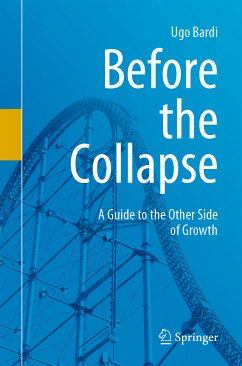This book gives deeper meaning to familiar adages such as "it's a house of cards", "let nature take its course", "reach a tipping point", or the popular Silicon Valley expression, "fail fast, fail often." As the old Roman philosopher noted, "nothing that exists today is not the result of a past collapse", and this is the basis of what we call "The Seneca Strategy."
This engaging and insightful book will help you to use the Seneca Strategy to face failure and collapse at all scales, to understand why change may be inevitable, and to navigate the swirl of events that frequently threaten your balance and happiness. You will learn:
- How ancient philosophy and modern science agree that failure and collapse are normal features of the universe
- Principles that help us manage, rather than be managed by, the biggest challenges of our lives and times
- Why technological progress may not prevent economic or societal collapse
- Why the best strategy to oppose failure is not to resist at all costs
- How you can "rebound" after collapse, to do better than before, and to avoid the same mistakes.
Dieser Download kann aus rechtlichen Gründen nur mit Rechnungsadresse in A, B, BG, CY, CZ, D, DK, EW, E, FIN, F, GR, HR, H, IRL, I, LT, L, LR, M, NL, PL, P, R, S, SLO, SK ausgeliefert werden.









